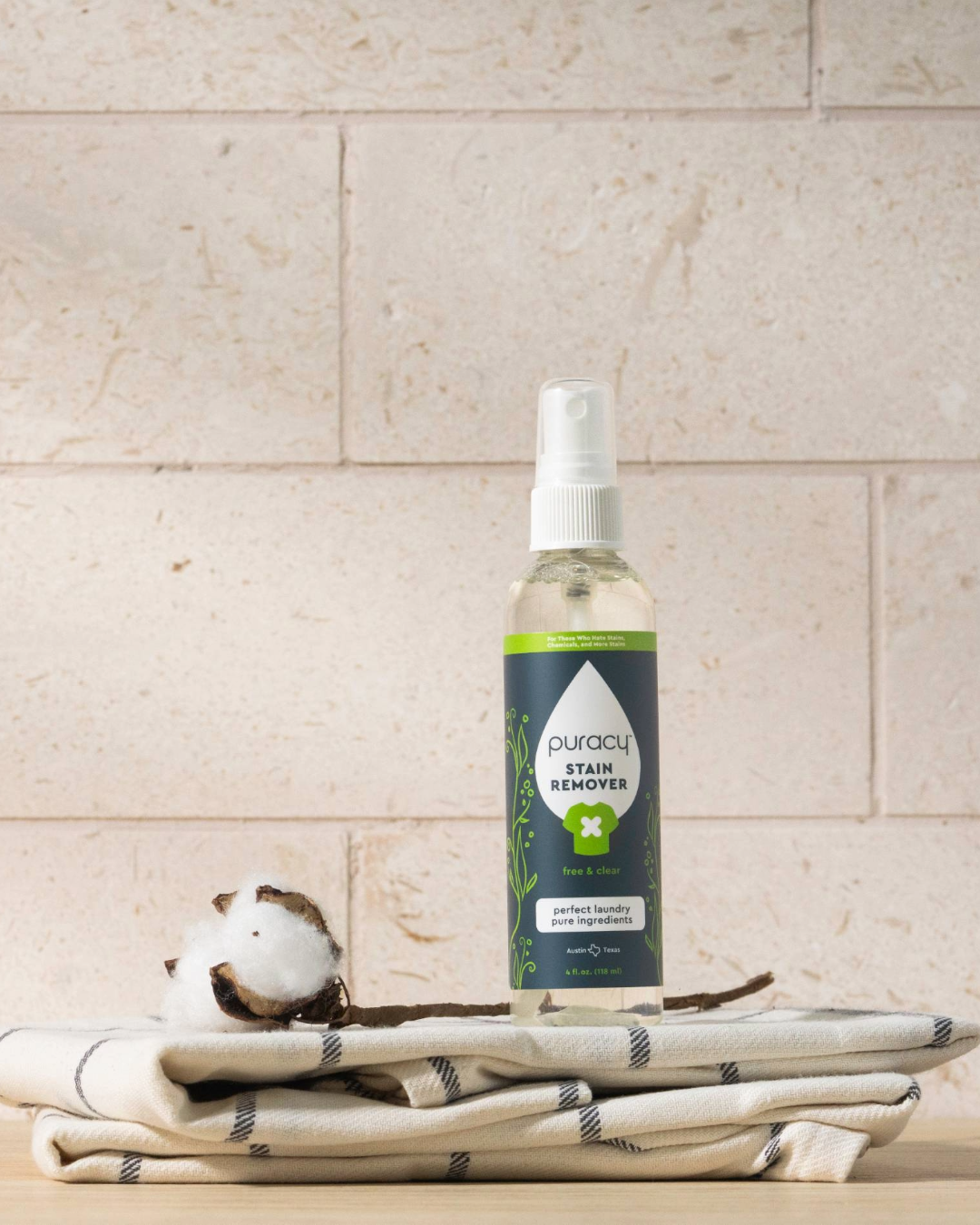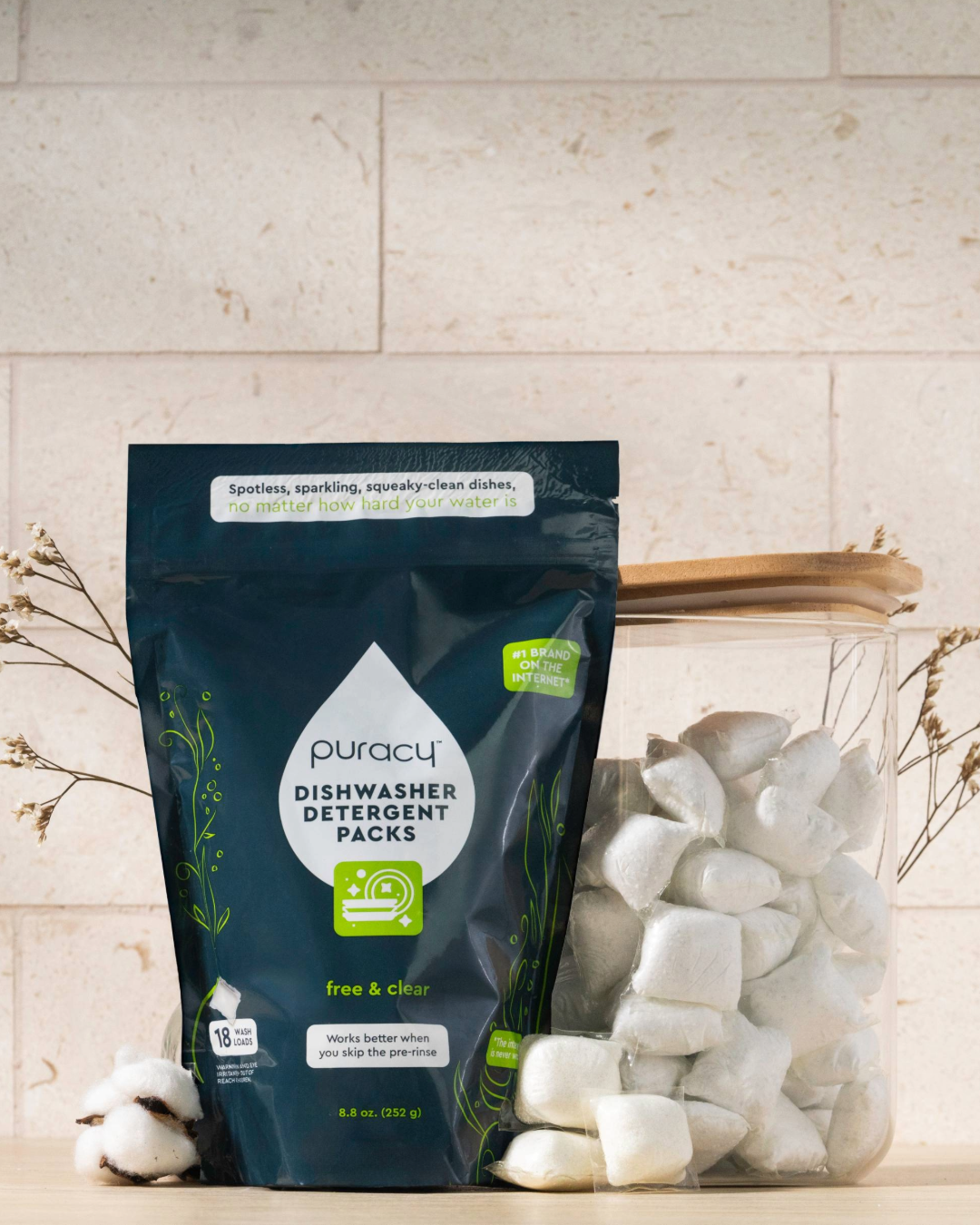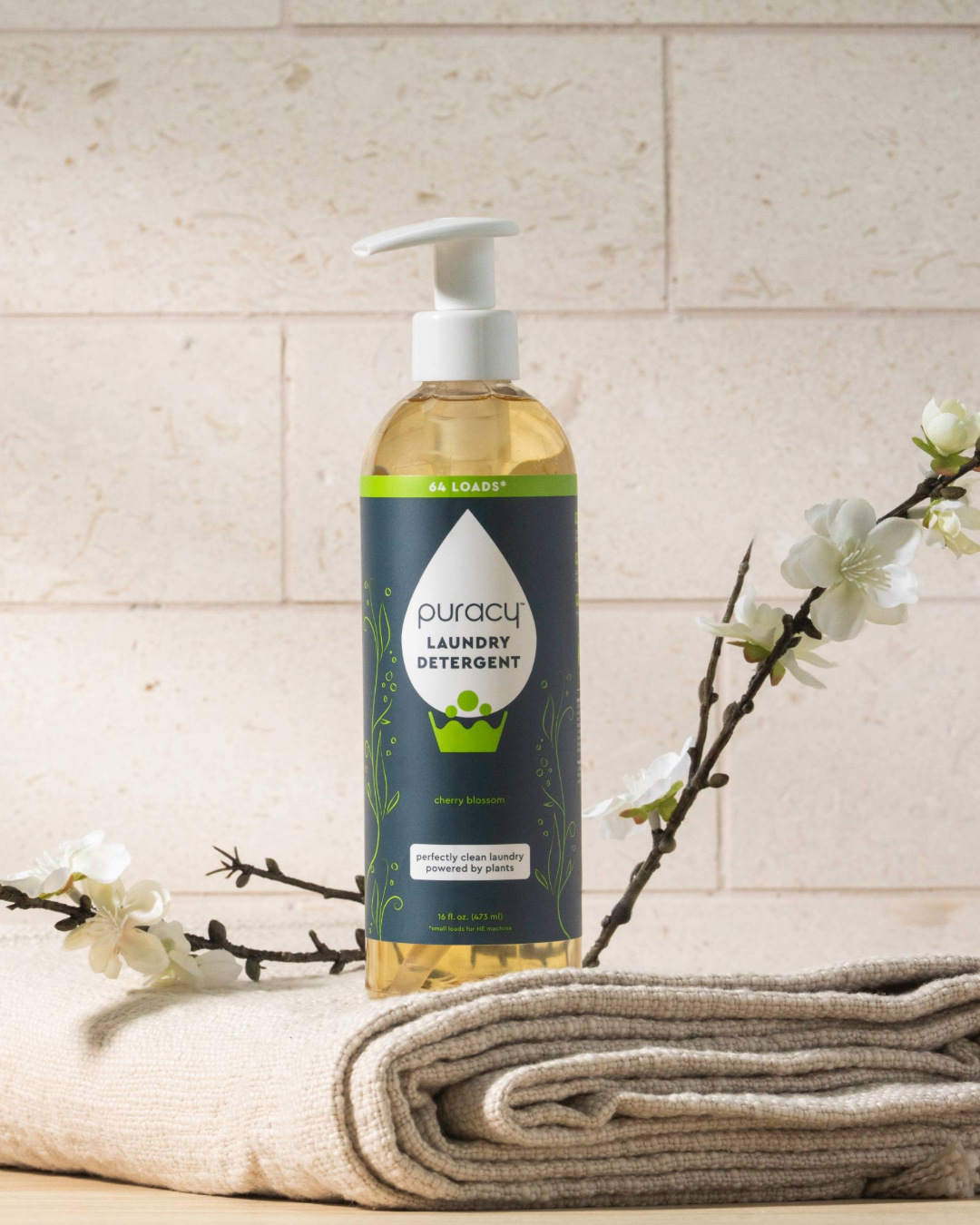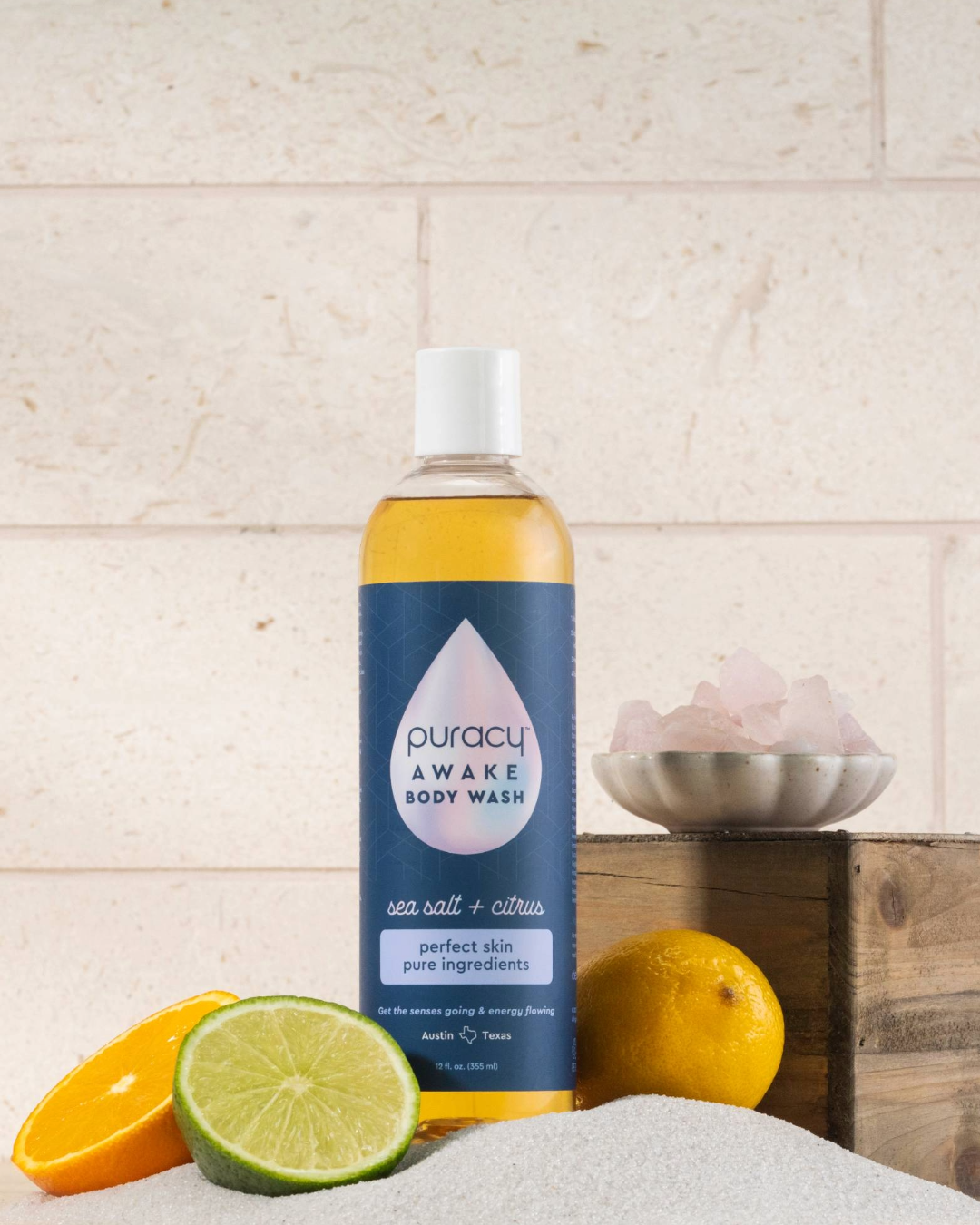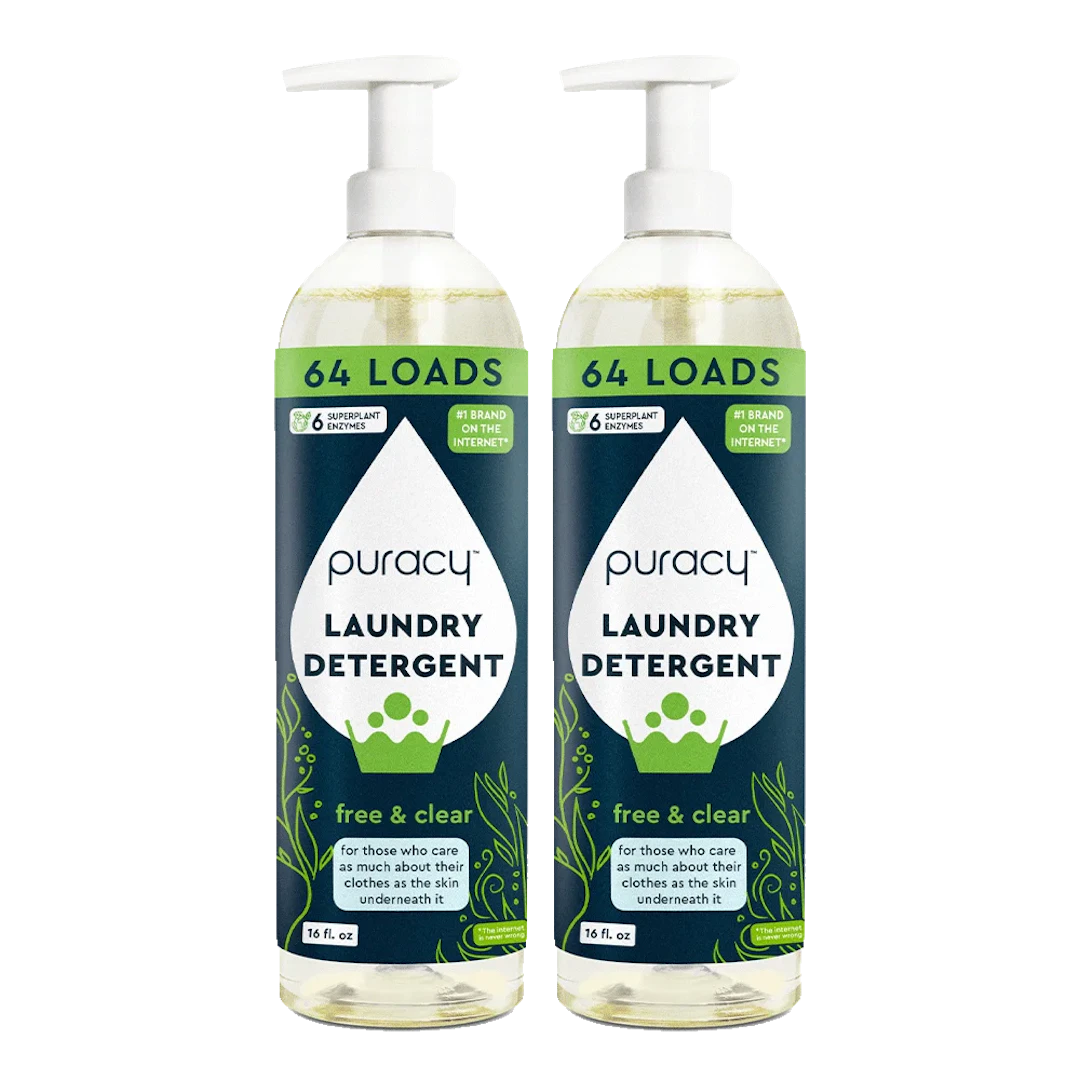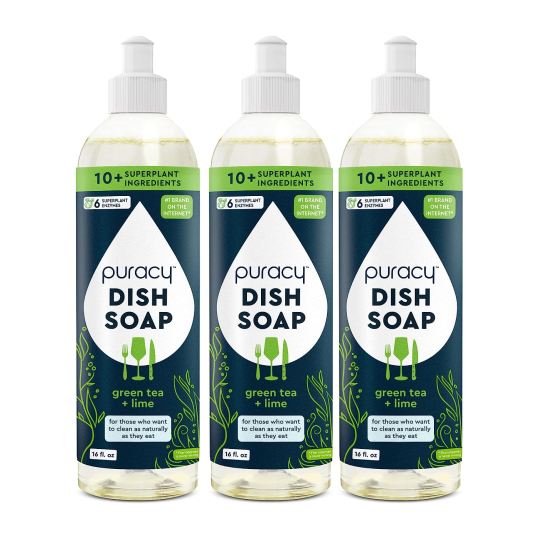
How to Clean a Stainless Steel Cooktop
Whether it’s stubborn grease, burnt-on stains, or streaks that won’t budge, cleaning stainless steel can sometimes feel like a never-ending battle. But with the right strategy, a few simple tricks, and some natural cleaning solutions, it doesn’t have to be difficult. Let’s walk through how to keep your stainless steel cooktop spotless, using safe, sustainable methods you can feel good about.
Steps for Cleaning Your Stainless Steel Cooktop

What You’ll Need:
- Baking soda
- White vinegar
- Warm water
- Microfiber cloth
- Soft-bristled brush or an old toothbrush
- Mild dish soap or natural stainless steel cleaner
- Spray bottle
- Non-abrasive sponge
Steps:
1. Remove the Grates and Burner Covers
The grates, burner covers, and any other detachable components should be lifted off to give you clear access to the cooktop. Plus, you can give these parts their own special clean-up session later (because they probably need it, too).
2. Start with a Vinegar Spray
Fill a spray bottle with equal parts white vinegar and warm water. Vinegar’s acidity helps break down grease while keeping things safe for your stainless steel. Give the cooktop a generous misting and let it sit for about 5 minutes. This softens any grease or debris without needing harsh scrubbing.
3. Sprinkle Baking Soda Over Tough Stains
For stainless steel areas with burnt-on food or tough stains, sprinkle a small amount of baking soda directly onto the surface. It works wonders to lift grime without scratching the delicate surface of your cooktop. Add a little water to form a paste and let it sit for 10-15 minutes to really soften any caked-on mess.
4. Gently Scrub Using a Soft Brush
Now that everything’s softened up, you can grab a soft-bristled brush or an old toothbrush to loosen debris on your stainless steel cooktop. Work the baking soda paste into the surface in circular motions. Be gentle—no one likes scratches, especially not your cooktop. If you’re dealing with particularly sticky gunk, a non-abrasive sponge can help without risking damage.
Pro tip: Alternatively, you can use mild dish soap and warm water or a natural stainless steel cleaner for this step.
5. Wipe Clean with a Microfiber Cloth
Once you’ve loosened all the debris, grab a damp microfiber cloth and wipe the surface down. Microfiber is key here because it’s gentle on stainless steel and great at catching all that loosened grease and dirt. You might need to rinse the cloth a few times as you work across the surface.
Pro tip: For those extra stubborn bits on stainless steel, repeat the baking soda and vinegar steps until the cooktop is completely clean.
6. Dry Thoroughly
Stainless steel loves to streak when it’s wet, so once you’ve wiped everything clean, it’s time to dry the cooktop. Use a fresh microfiber cloth to buff the surface in the direction of the grain (yep, stainless steel has a grain just like wood!). This step is what brings back that glossy, polished look without any watermarks or streaks.
FAQs

What should I avoid when cleaning a stainless steel cooktop?
Avoid using anything abrasive on stainless steel—no steel wool, harsh scrubbing pads, or abrasive cleaners like bleach. These can scratch or discolor the surface, making it more prone to future damage. Also, stay away from any cleaners that contain ammonia or chlorine, as these can react with stainless steel and leave a dull, discolored finish.
What’s the best way to deal with discoloration or stains?
Discoloration on stainless steel can happen if something acidic or harsh has been sitting on the surface for too long. To restore the shine, try using a mix of vinegar and warm water to gently wipe the area. If the stain is really persistent, a dab of baking soda paste might help lighten it without causing damage to the stainless steel.
How can I remove grease easily?
For grease, your vinegar and water solution is the perfect go-to. It breaks down grease naturally, making it easier to wipe away. If the grease is especially thick or baked-on, applying a paste of baking soda with a little water can give you that extra cleaning power. Let the paste sit for a bit before wiping away with a damp cloth.
What about burnt-on food?
Burnt food is a bit trickier, but still totally doable. First, let the vinegar and baking soda paste sit on the affected area for about 10-15 minutes to soften it. Afterward, gently scrub with your soft brush or sponge. Patience is key—if it’s really stuck, you might have to repeat the process a couple of times. Resist the urge to scrub hard, as this can damage the surface.
How can I avoid scratches on my cooktop?
Always clean with the grain of the stainless steel, and use gentle, non-abrasive materials like microfiber cloths and soft sponges. Never use rough scouring pads, as these can leave tiny scratches that dull the shine and make the surface more prone to staining in the future.
Maintenance Tips: Keeping Your Cooktop Looking Like New
1. Daily Wipe Downs
After each use, let your cooktop cool down and give it a quick wipe with a microfiber cloth. This keeps grease from building up and prevents food from baking onto the surface.
2. Address Spills Right Away
We all know how easy it is to say, “I’ll clean that later,” but that’s how caked-on messes happen. If something spills while you’re cooking, try to clean it up once the surface cools. A damp cloth with a little vinegar will do the trick.
3. Avoid Overheating the Cooktop
Sometimes, burnt stains happen because the cooktop gets too hot. Try to use the appropriate-sized burner for your cookware to avoid excessive heat. Also, keep an eye on the flame size—it shouldn’t extend past the bottom of your pot or pan.
4. Call in the Pros for Deep Cleaning
If your stainless steel cooktop starts to show signs of wear and tear beyond the occasional spill or stain, it might be time to call in a professional. Deep scratches, heavy discoloration, or large, burnt-on stains that won’t budge could benefit from expert treatment.
Practical Tips for Cooking and Cleaning
While cooking:
- Use splatter guards to minimize oil messes.
- Keep a lid handy to reduce splattering when frying or sautéing.
- Place a paper towel under oil bottles to catch drips before they hit the cooktop.
When cleaning:
- Always test your cleaning solution on a small, hidden part of the cooktop before going all in.
- Stick to eco-friendly cleaning methods. They’re not just better for your cooktop, but also for your family and the environment.
- Remember to always dry your cooktop with a microfiber cloth to avoid water spots and streaks.
